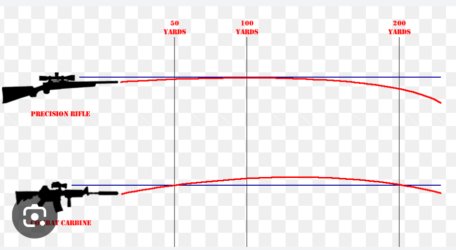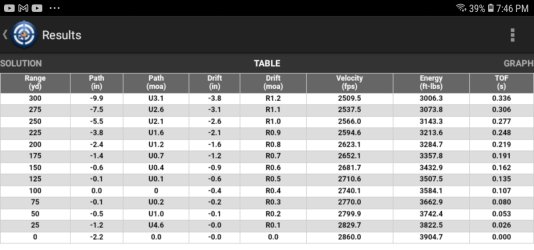It starts at the line of departure, immediately falls away, and never crosses it. The line of departure is the vector the bullet is traveling on the instant it leaves the barrel, and gravity pulls it down from there. It crosses the line of sight twice, and both rises and falls relative to the LOS.That was my intention, sorry I was being sarcastic haha
But seriously, gravity has to bring it down and it intersects with the line of departure a second time. This concept is pretty big across the the AR cqb zero conversations with things like 36/300,
50/200 etc
I'm guessing that's what you meant, but don't want anyone else to read it and get confused.


